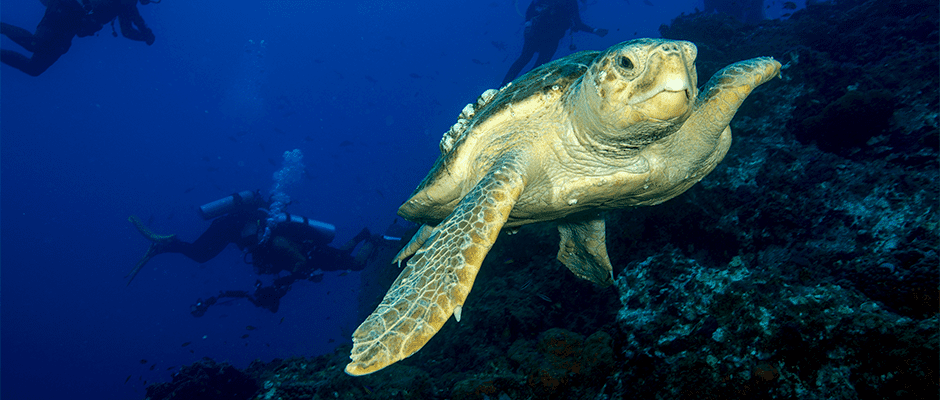Share this article
Increasing use of LED lamps may affect wildlife
People are replacing lighting sources with LED lights to save energy, leading researchers to test out wildlife responses to them.
In a new study published in Journal of Experimental Zoology Part A: Ecological and Integrative Physiology, researchers scanned the literature and studied the effects of LEDs on insects, sea turtles, salmon (Salmo salar) and Newell’s shearwaters (Puffinus newelli), a Hawaiian seabird.
“LED lights are rapidly replacing other lighting sources for outdoor lighting around the world,” said TWS member Travis Longcore, lead author of the study and assistant professor of architectural spatial sciences and biological sciences at the University of Southern California.
The team compared the effects of the colors making up common sources of outdoor lighting, including LED — or light-emitting diodes — which can be configured in many different color combinations. Overall, blue and white lights had the most negative impact on wildlife, causing issues such as attraction and disorientation. Amber and green were better for wildlife because they avoid colors to which the groups investigated are most sensitive.
Longcore and his colleagues suggest the use of spectrum to reduce the impacts of outdoor lighting. The results confirm the use of yellow lights to reduce insect attraction, and show that some new LED types and lamp filters should be less disorienting to hatching sea turtles than existing lamp types. Lights also attract migrating juvenile salmon, which can expose them to predators, and the study found that “warmer” colors with less blue light would decrease the effect.
“This study provides some guidance to researchers who want to study which lamps are better or worse for animals and also guidance to decision making for lighting designers and landscape designers,” Longcore said.
Since LEDs last such a long time, it’s important to choose wisely now, before it’s too late, he said. He and his colleagues made their database open access so people can see how different types of lights may affect wildlife.
Header Image: Loggerhead sea turtles sometimes become disoriented from artificial light that leads them away from the ocean. Researchers found blue and white LED light has the most negative consequences for wildlife species. ©G.P. Schmahl/NOAA








